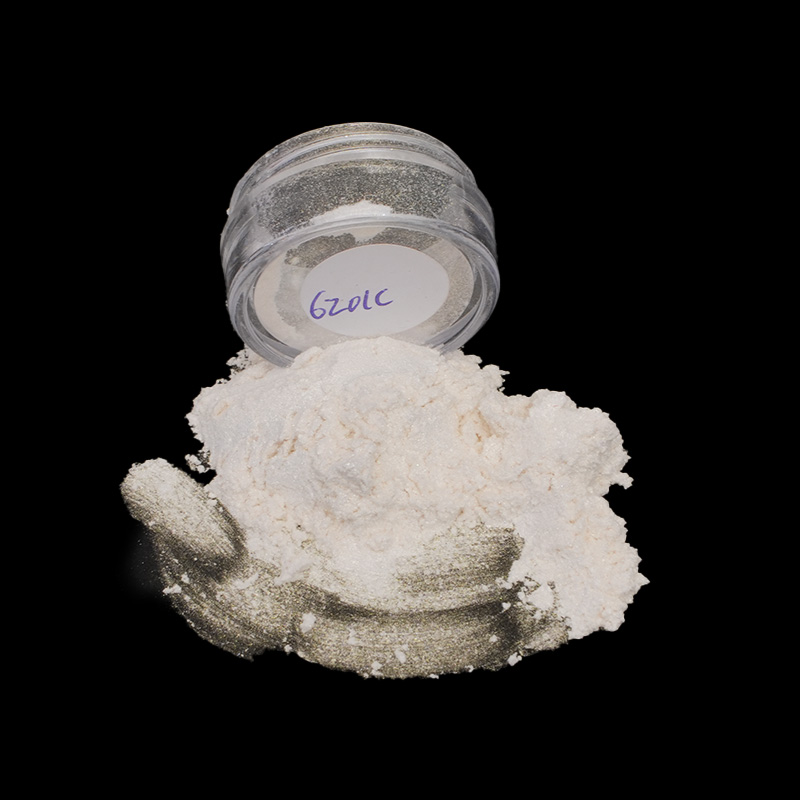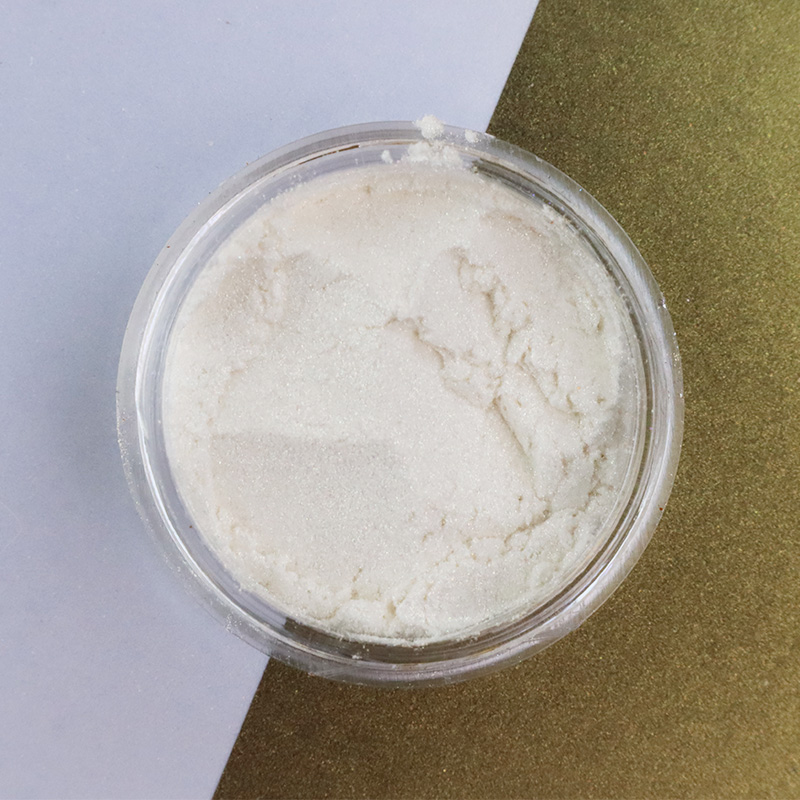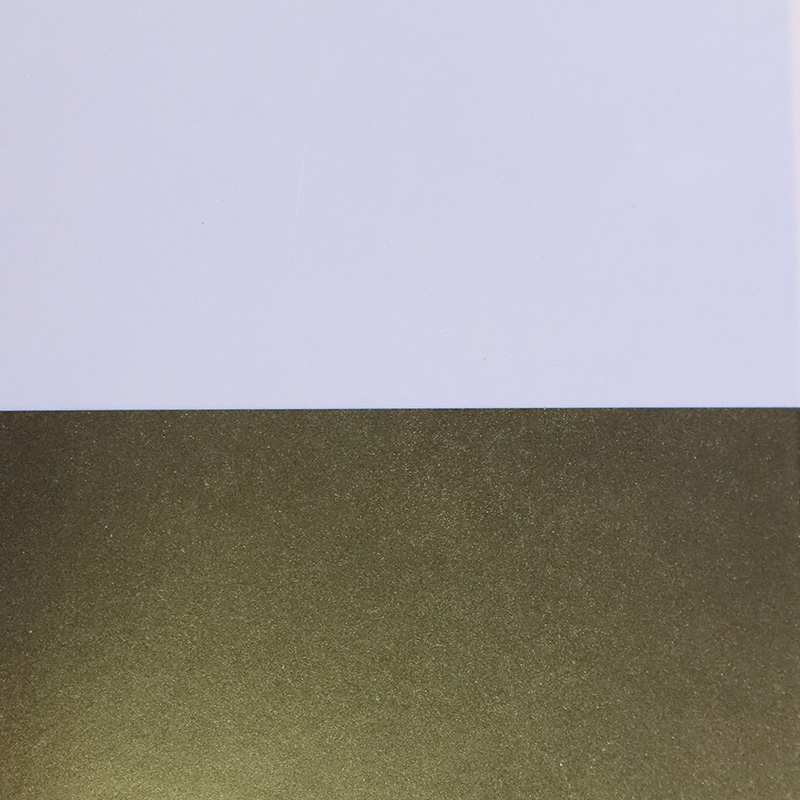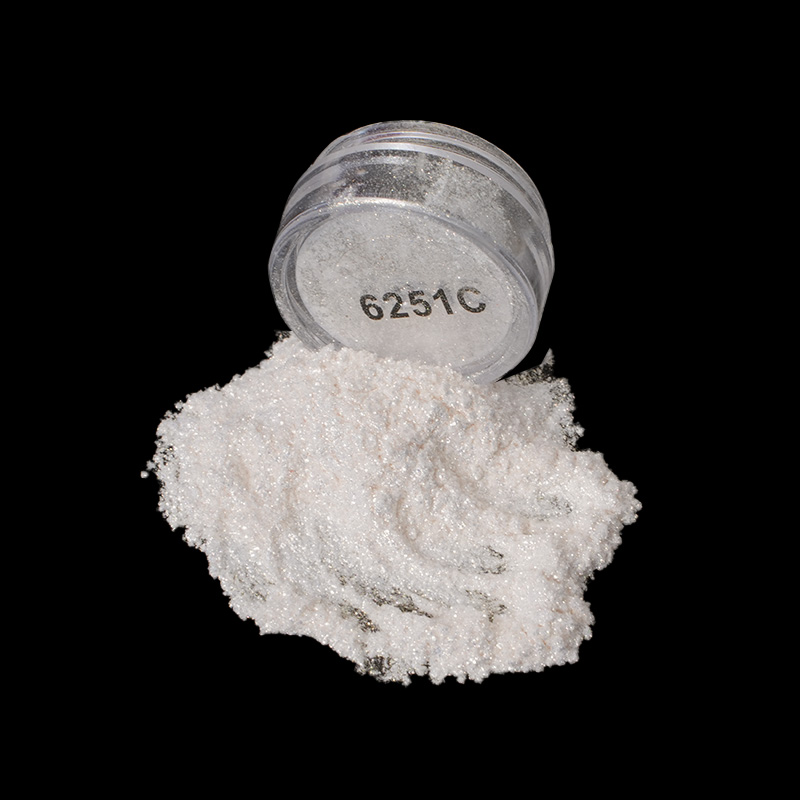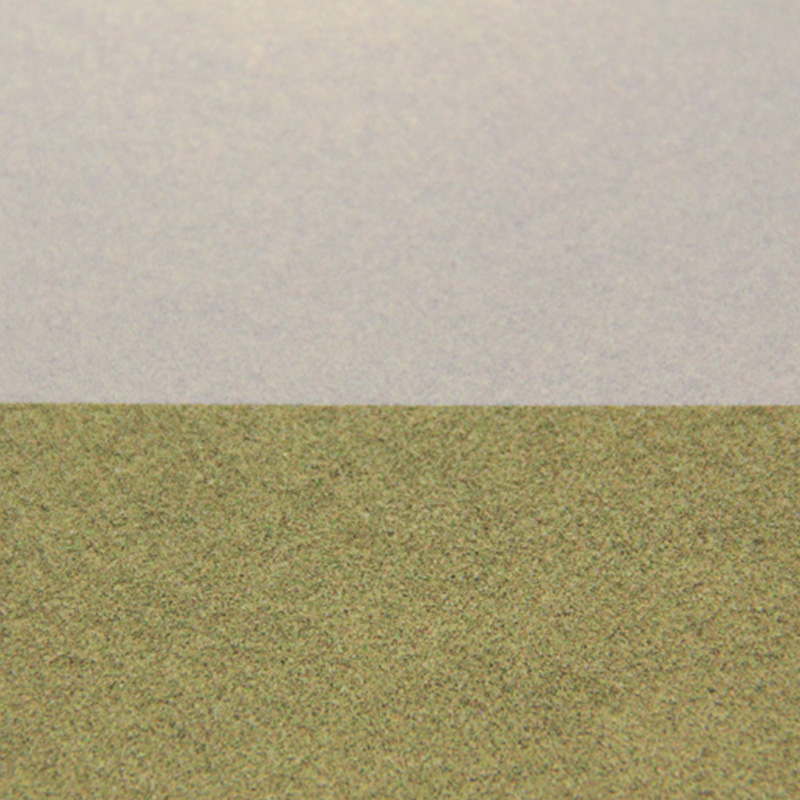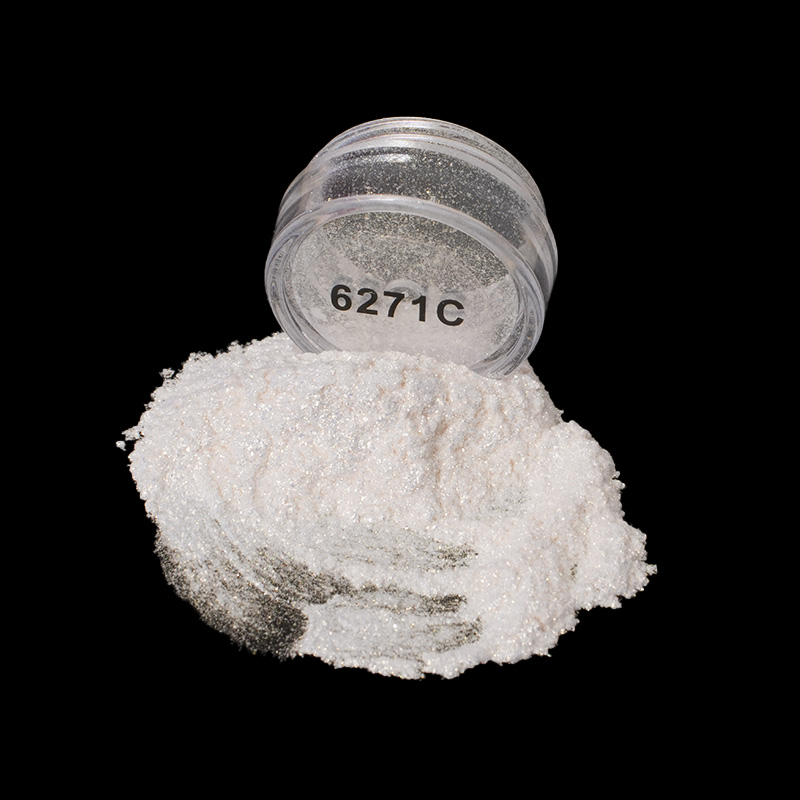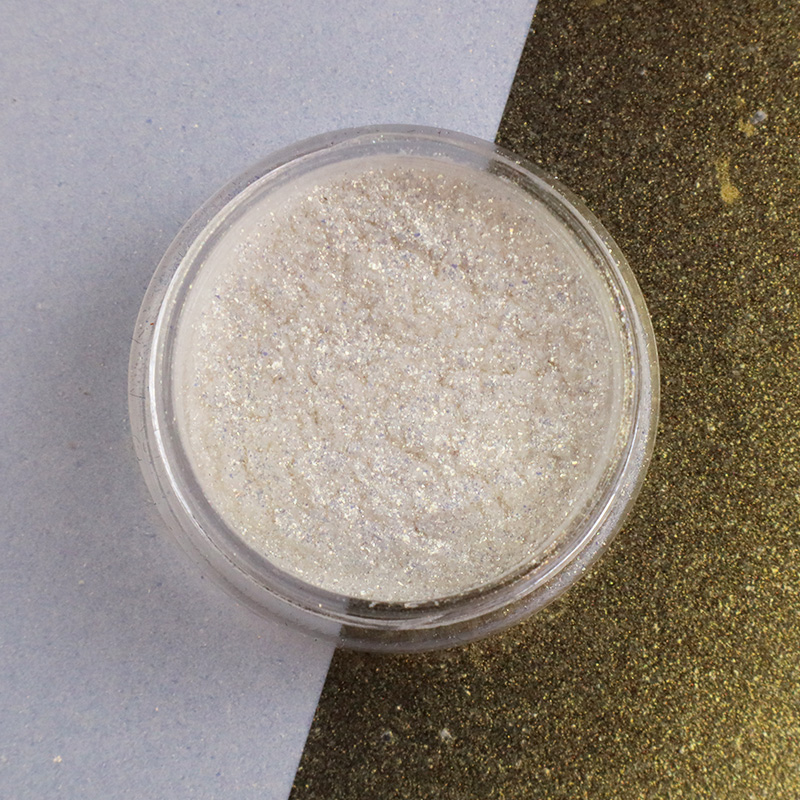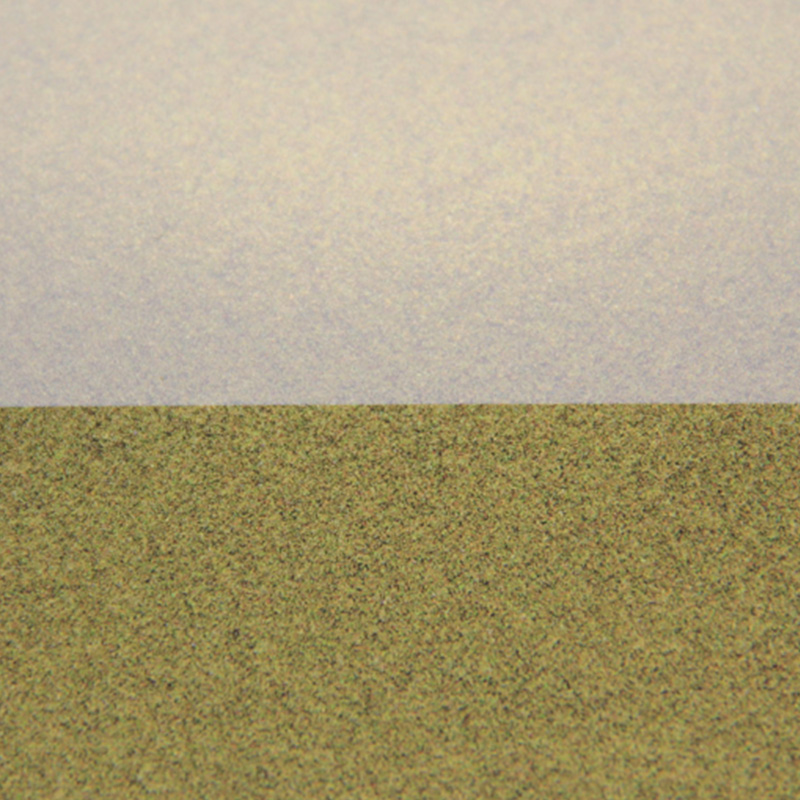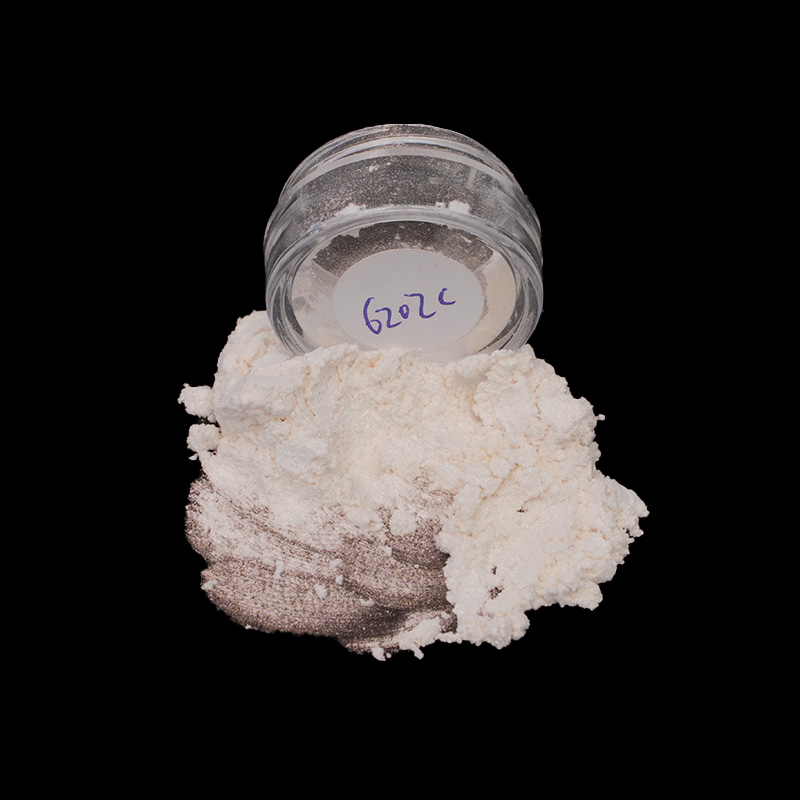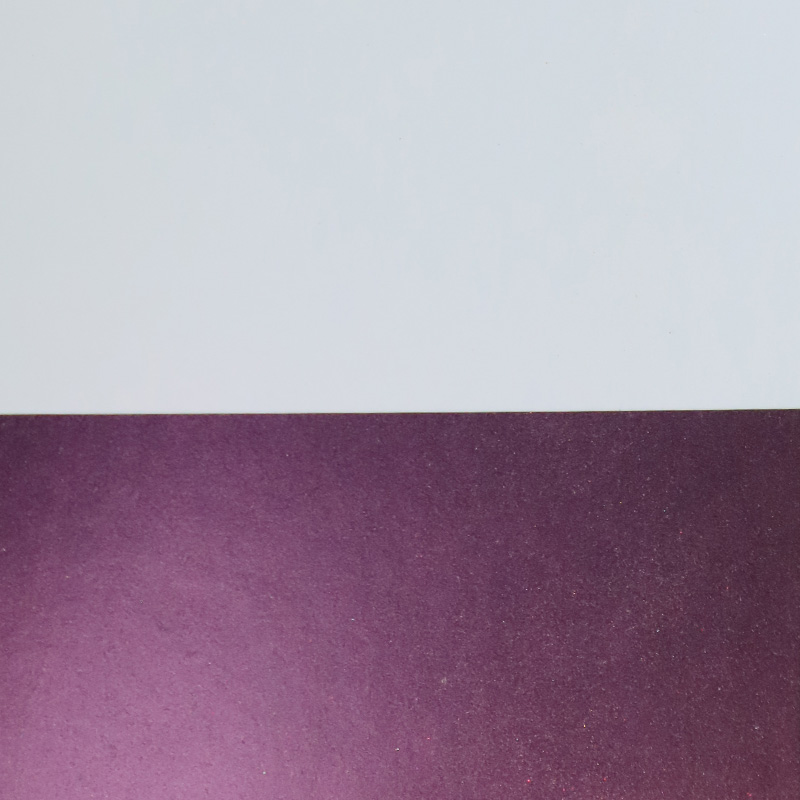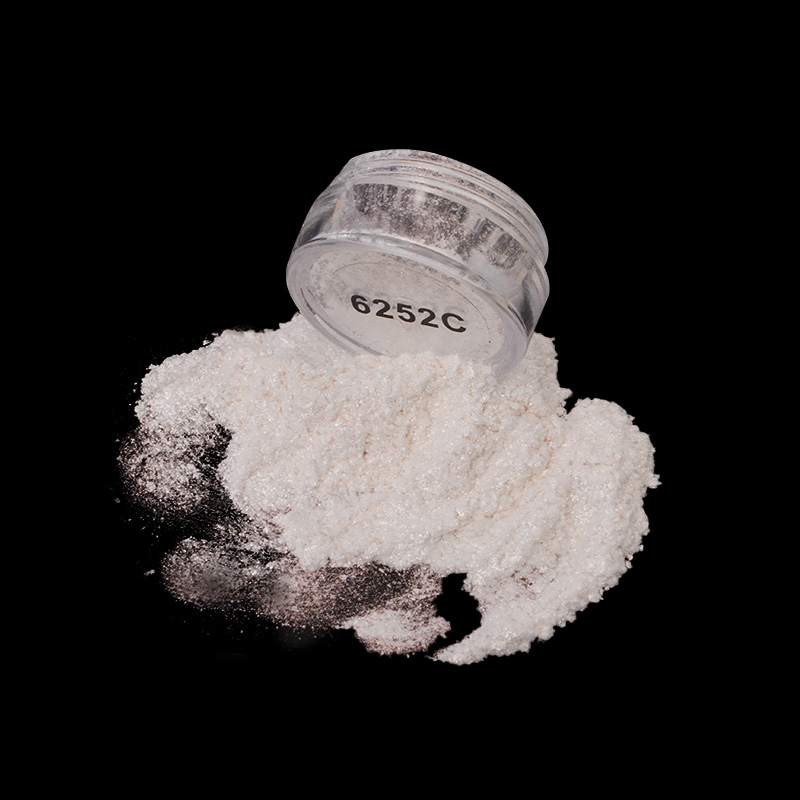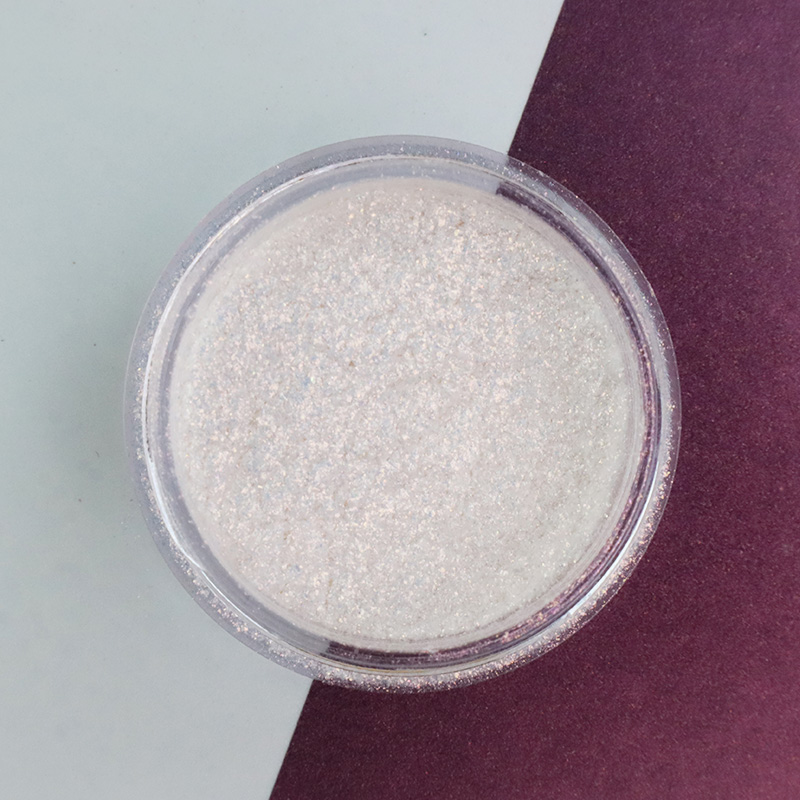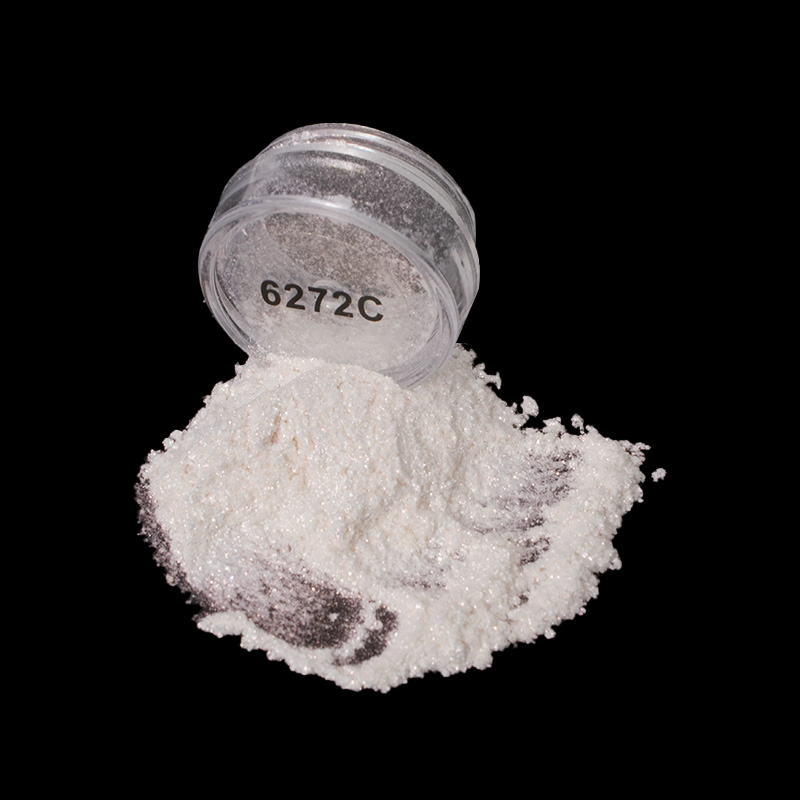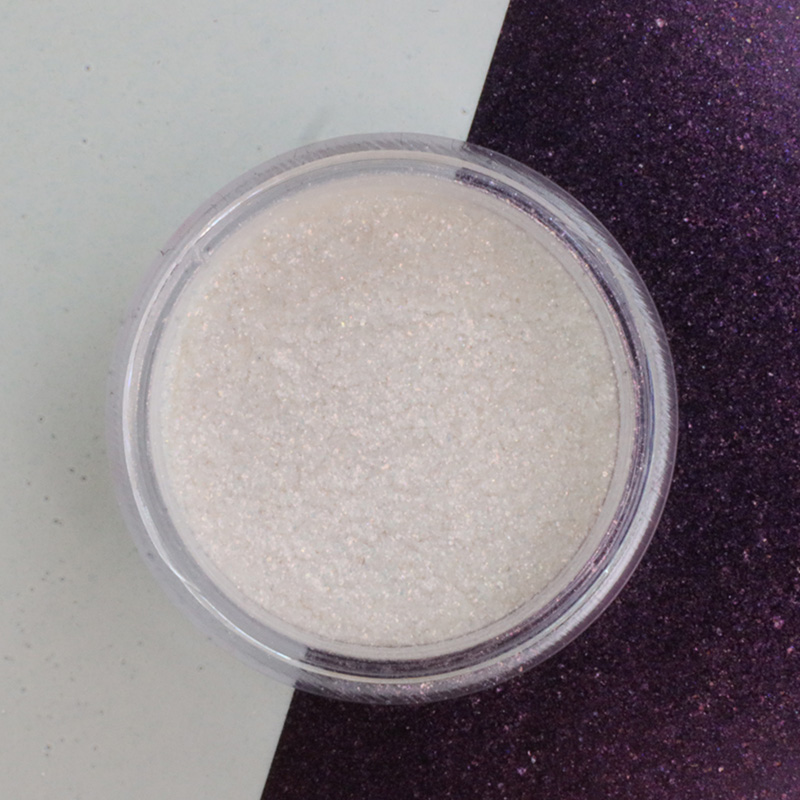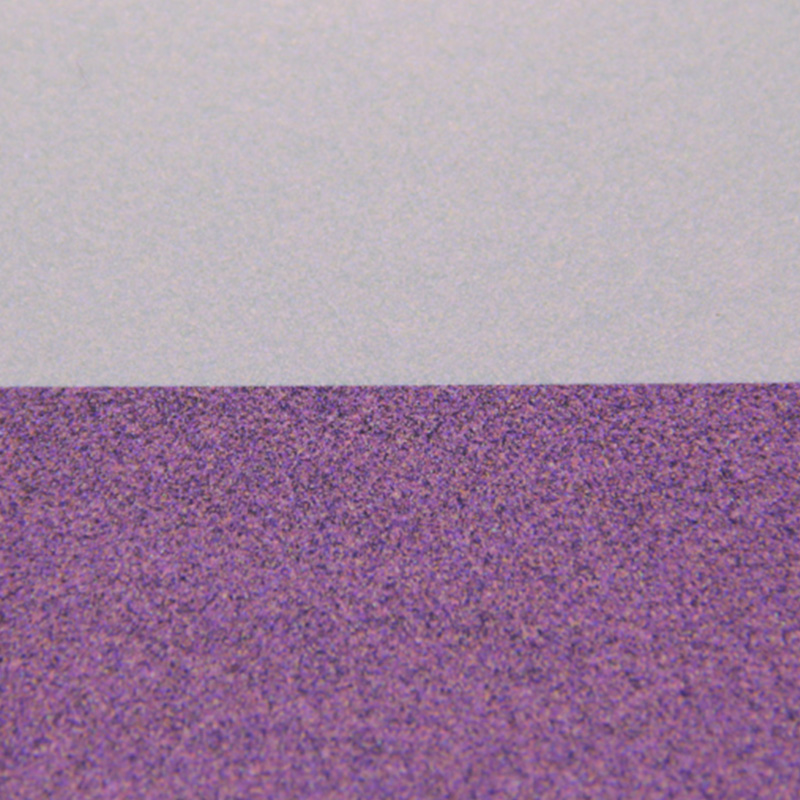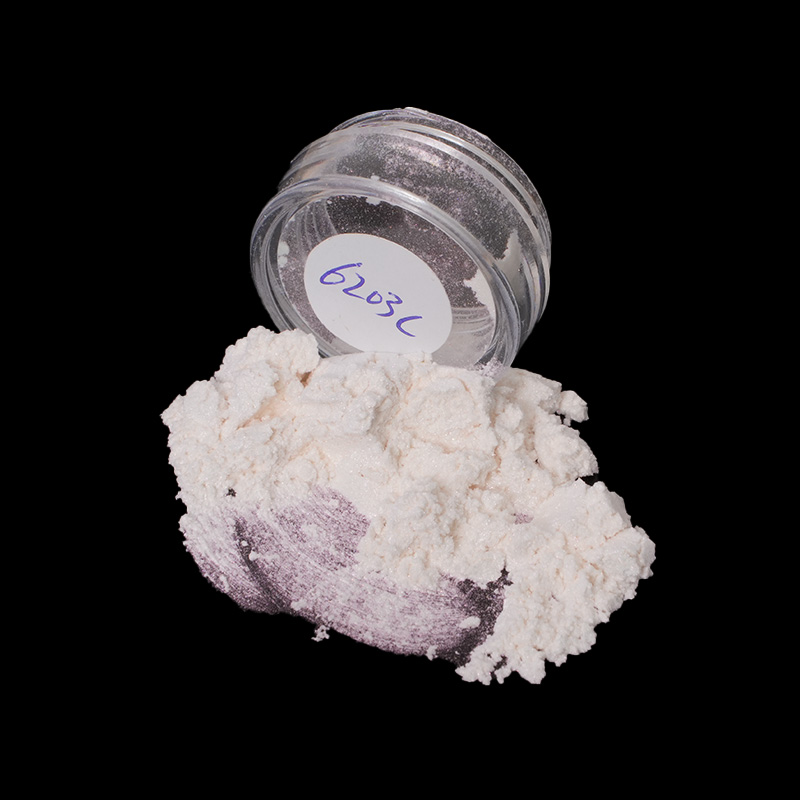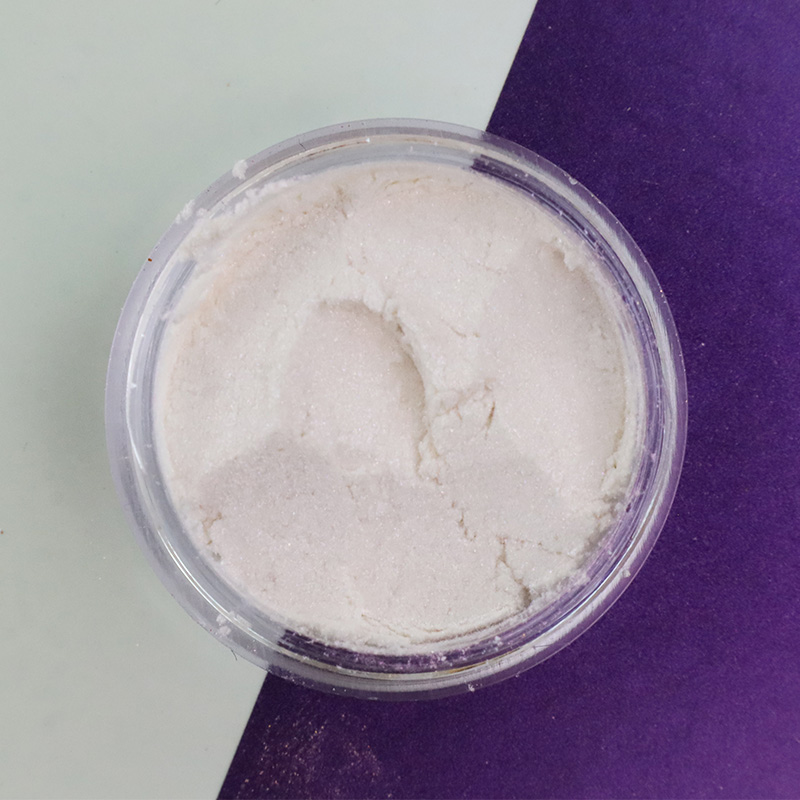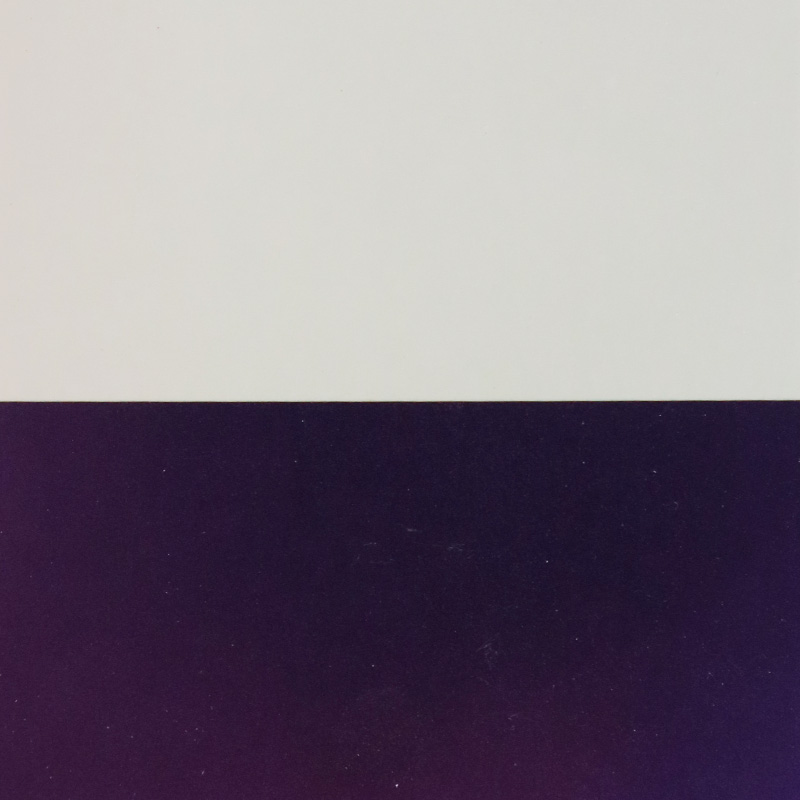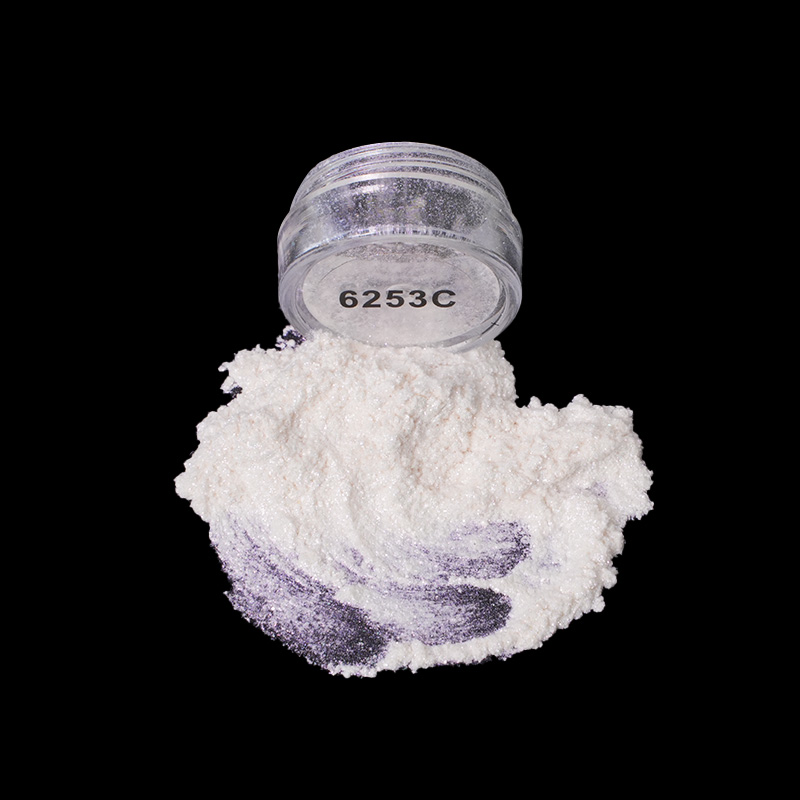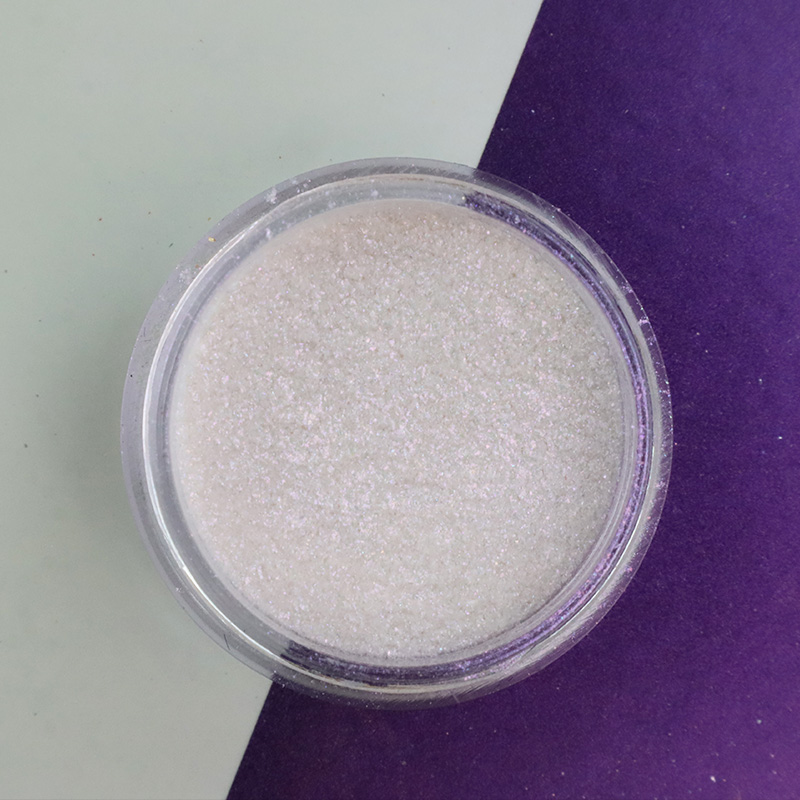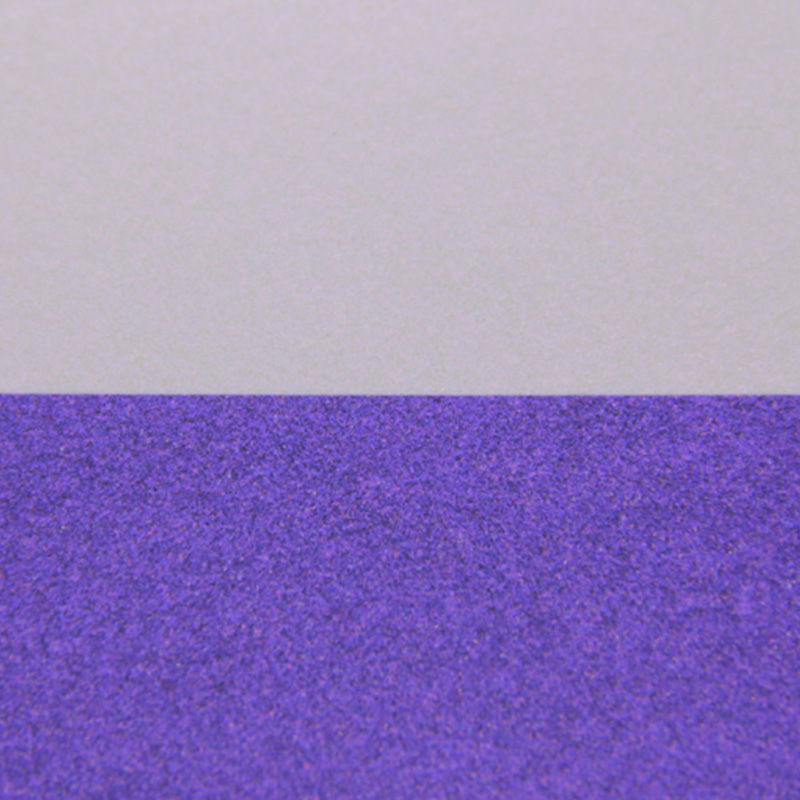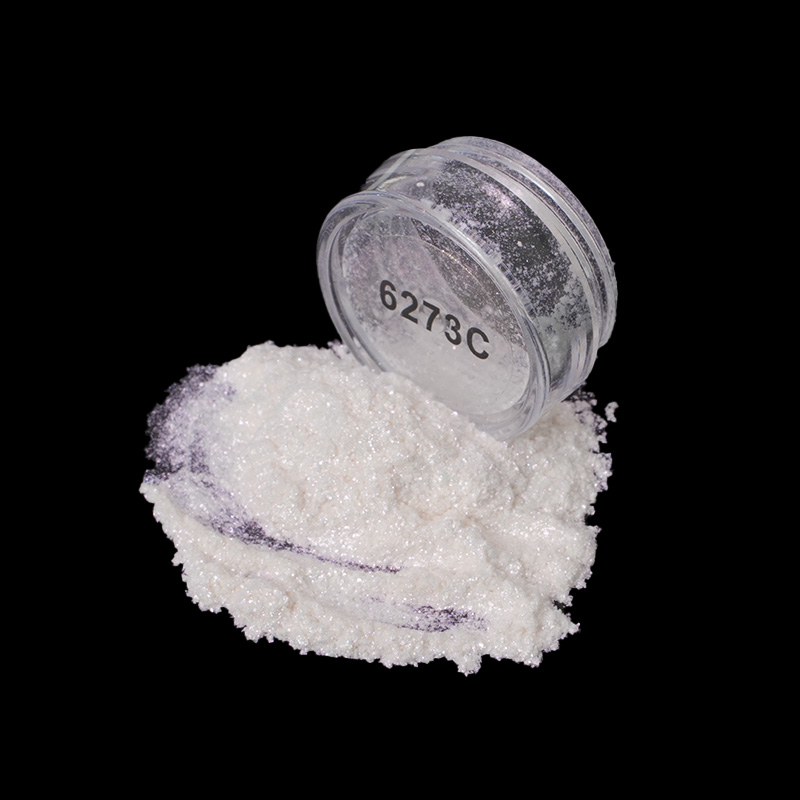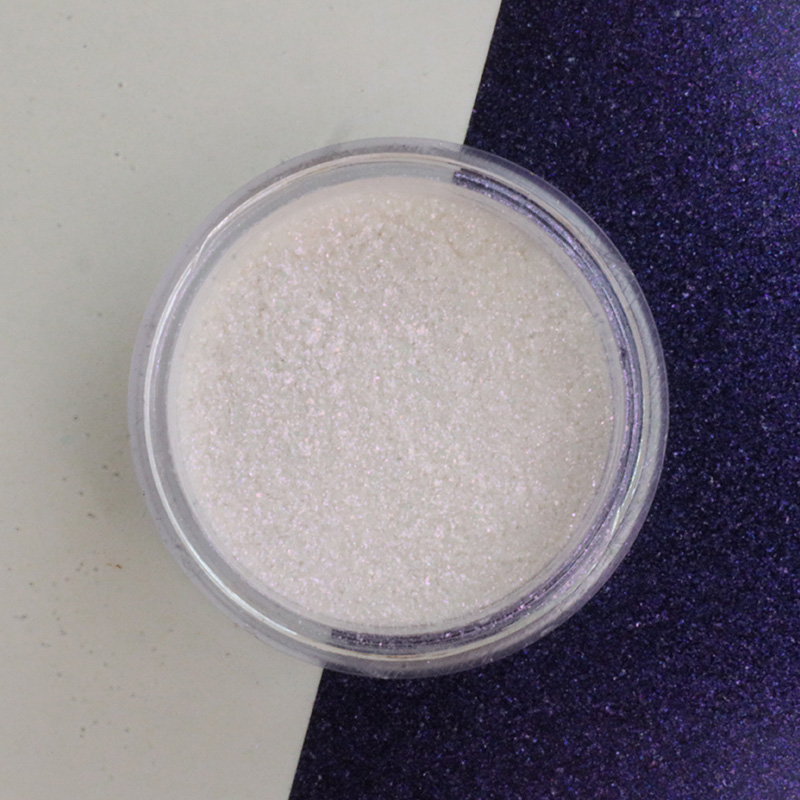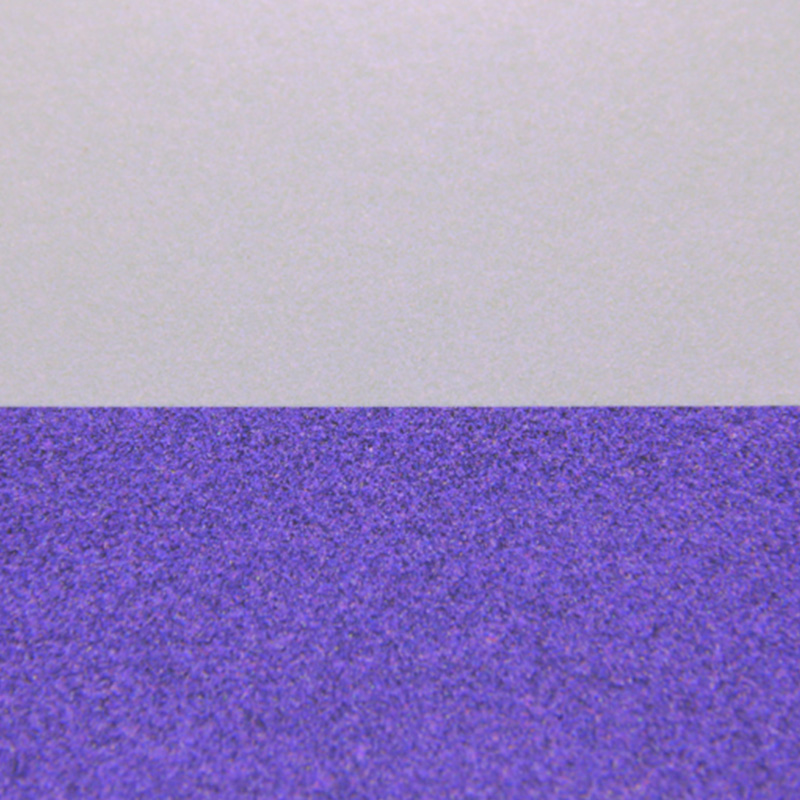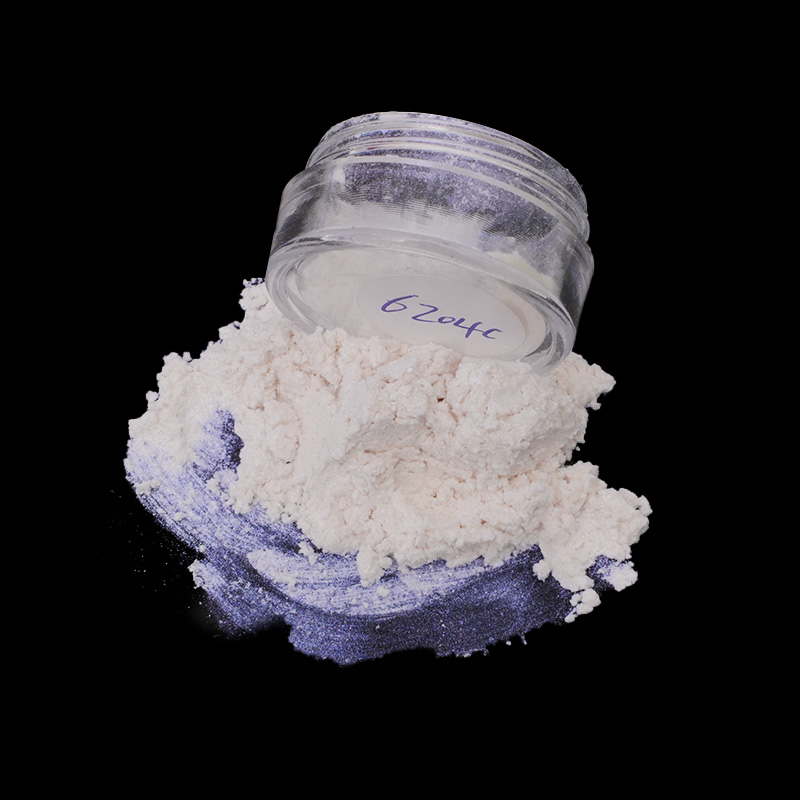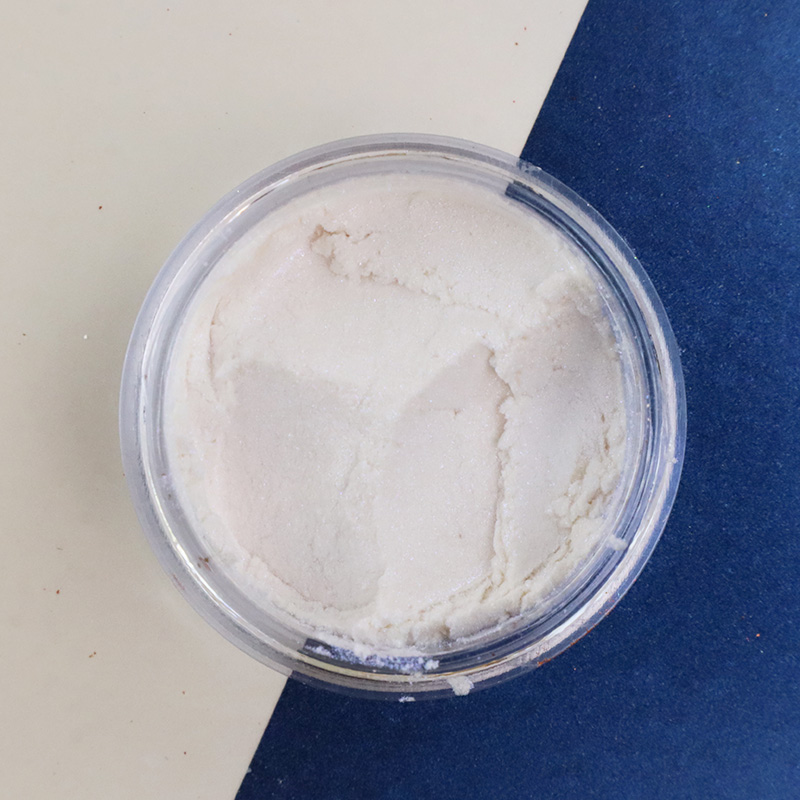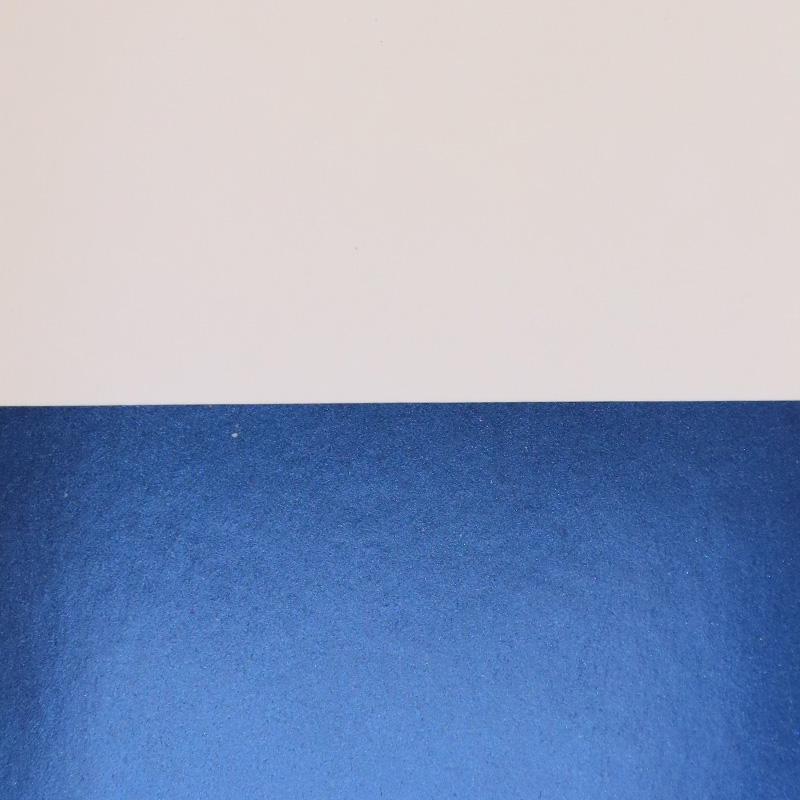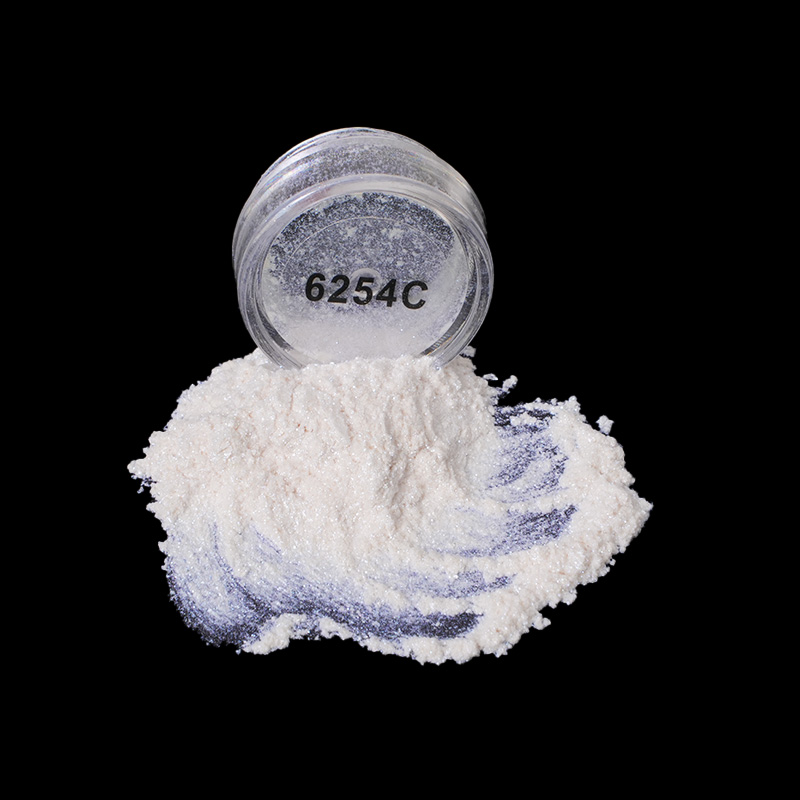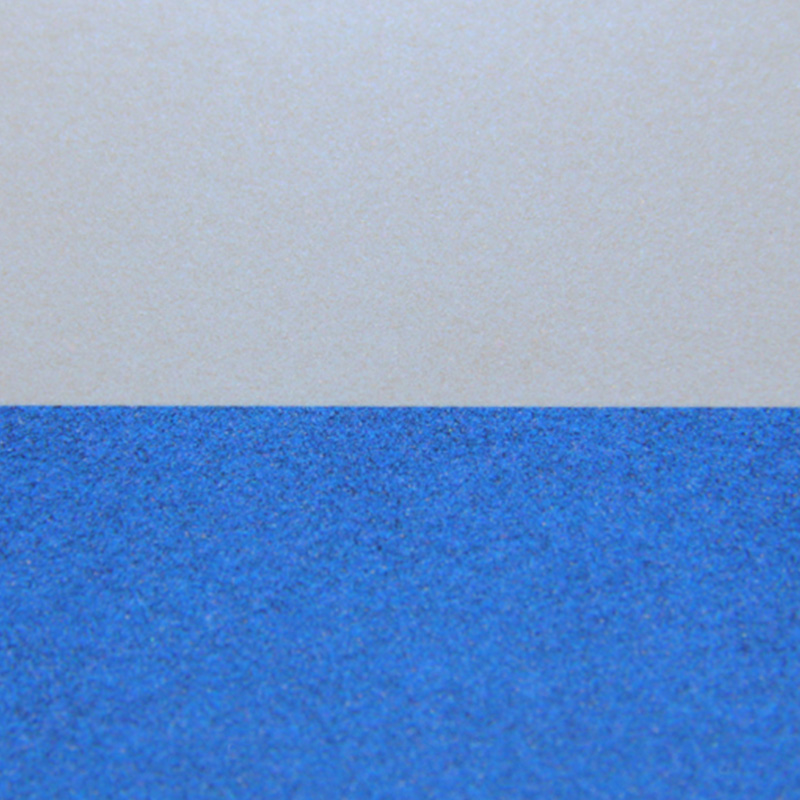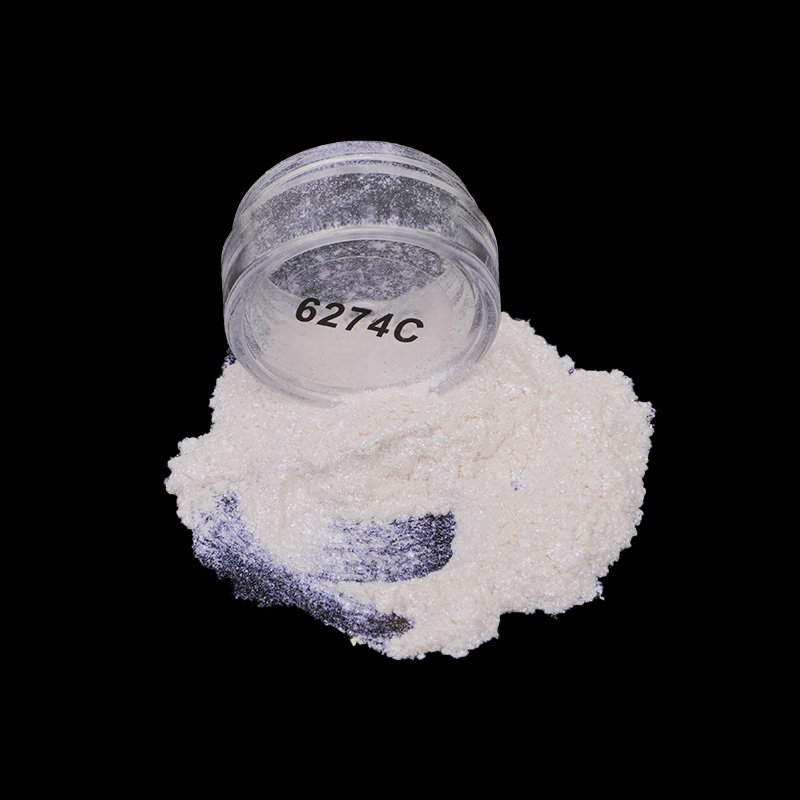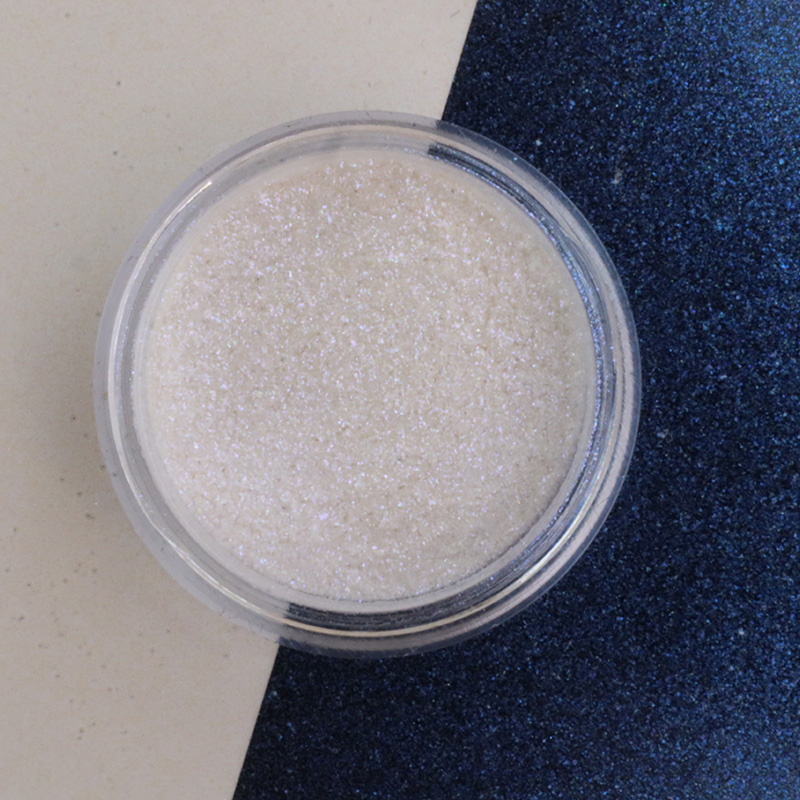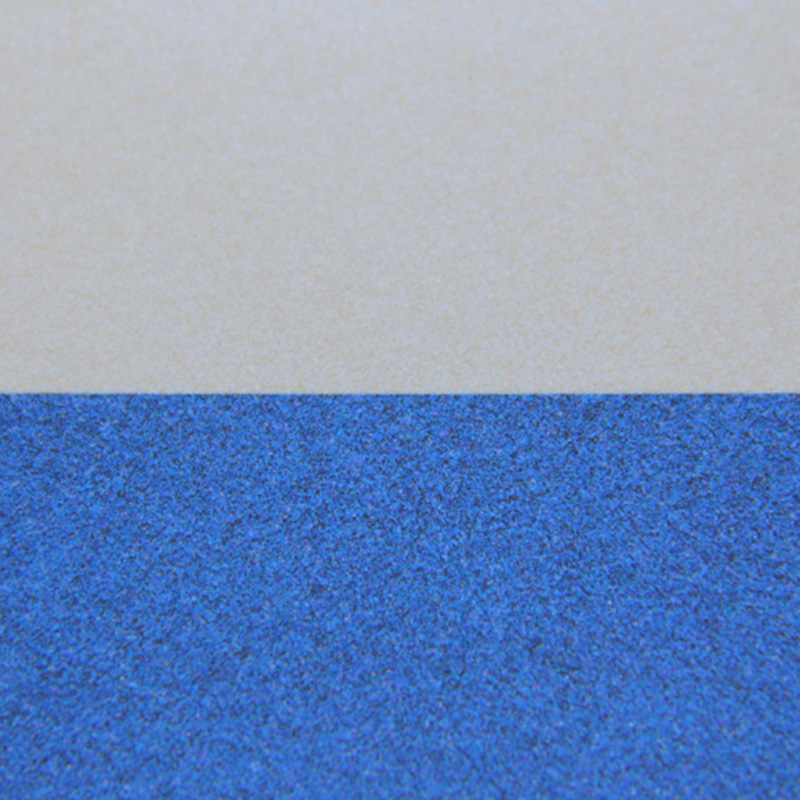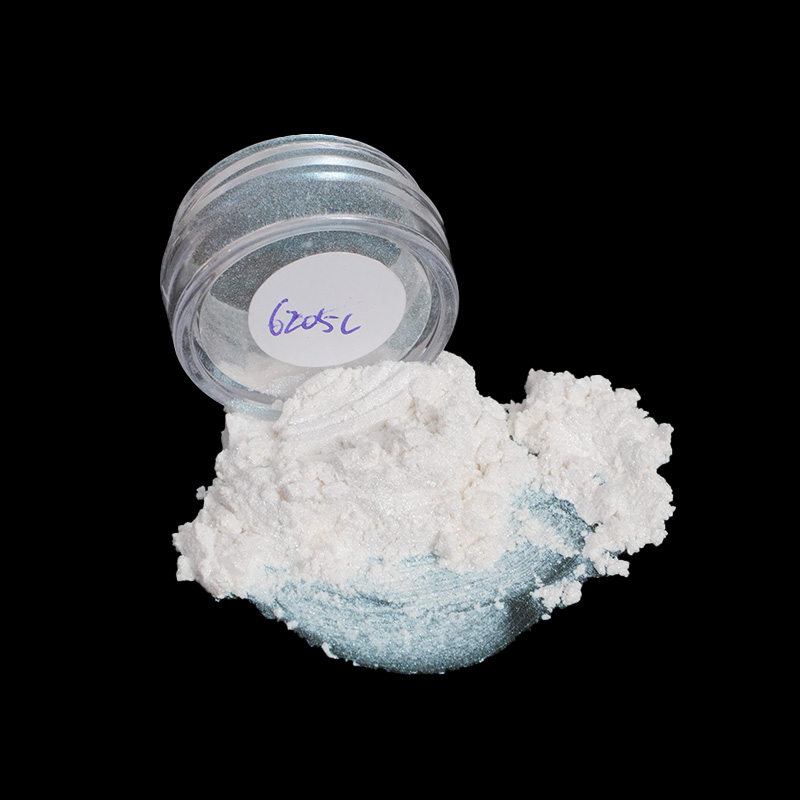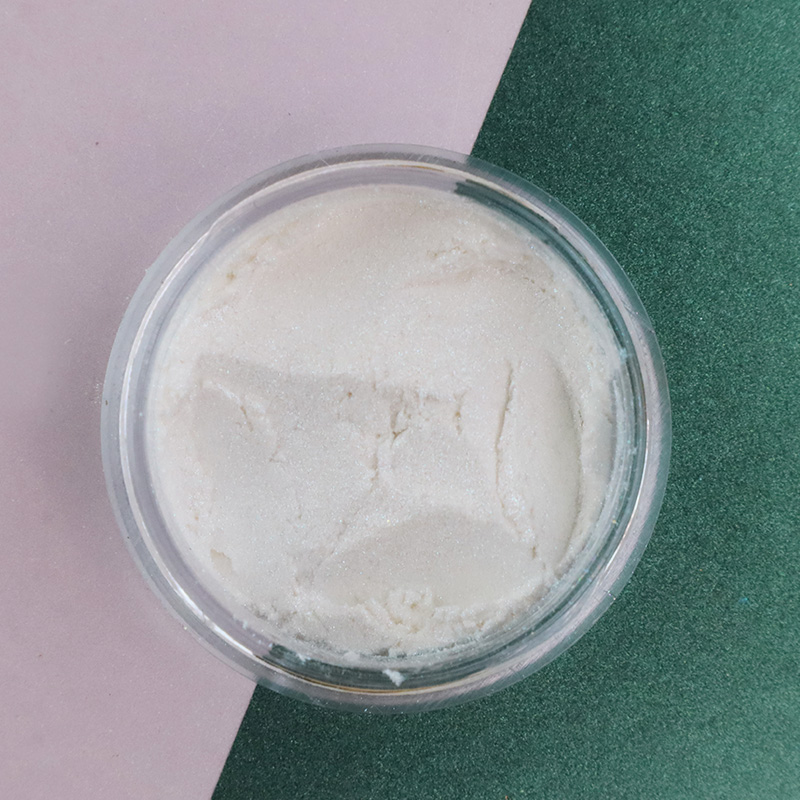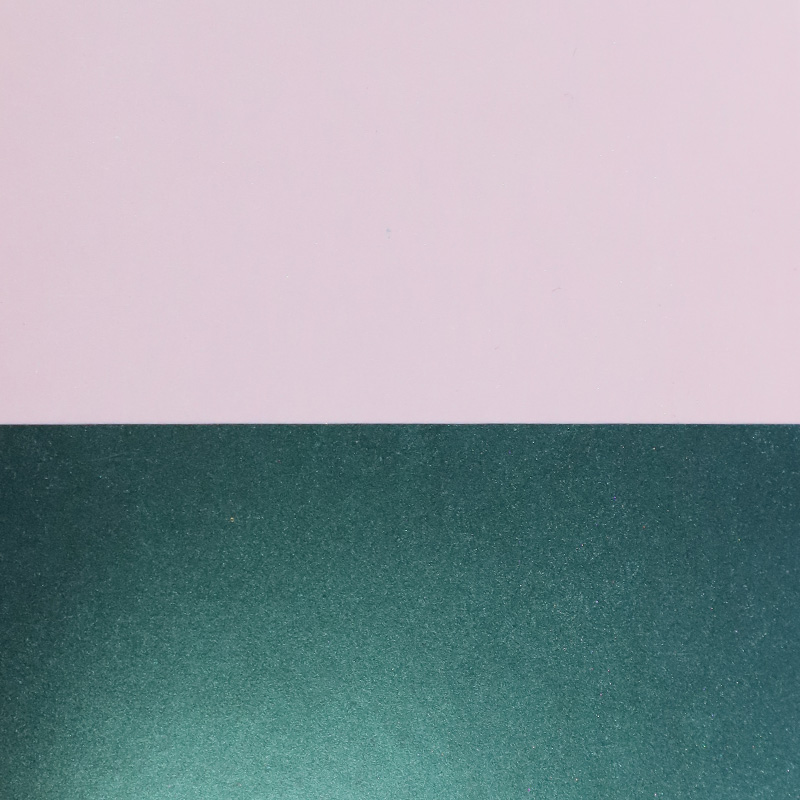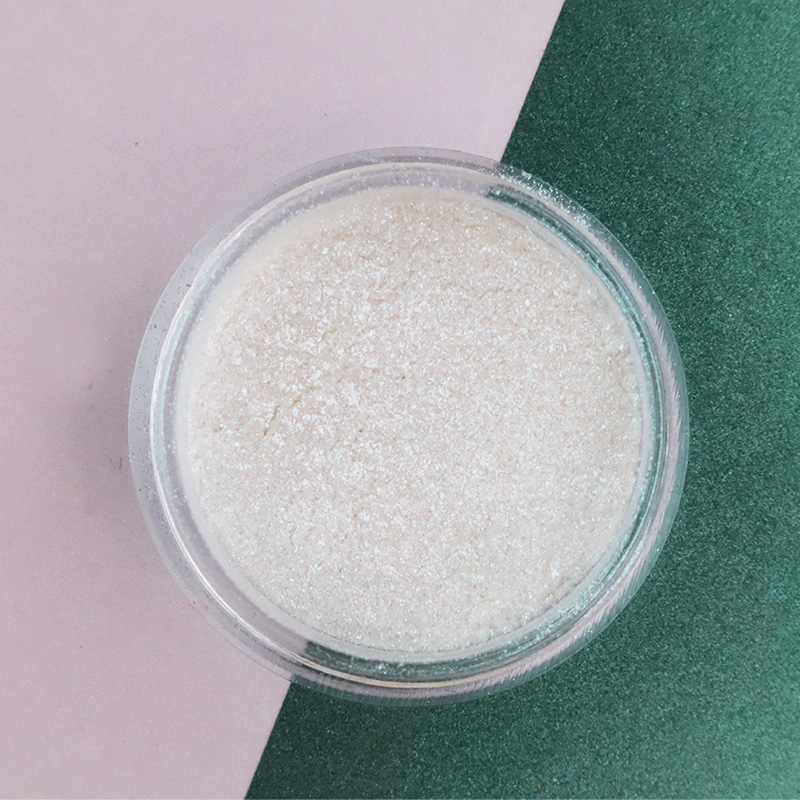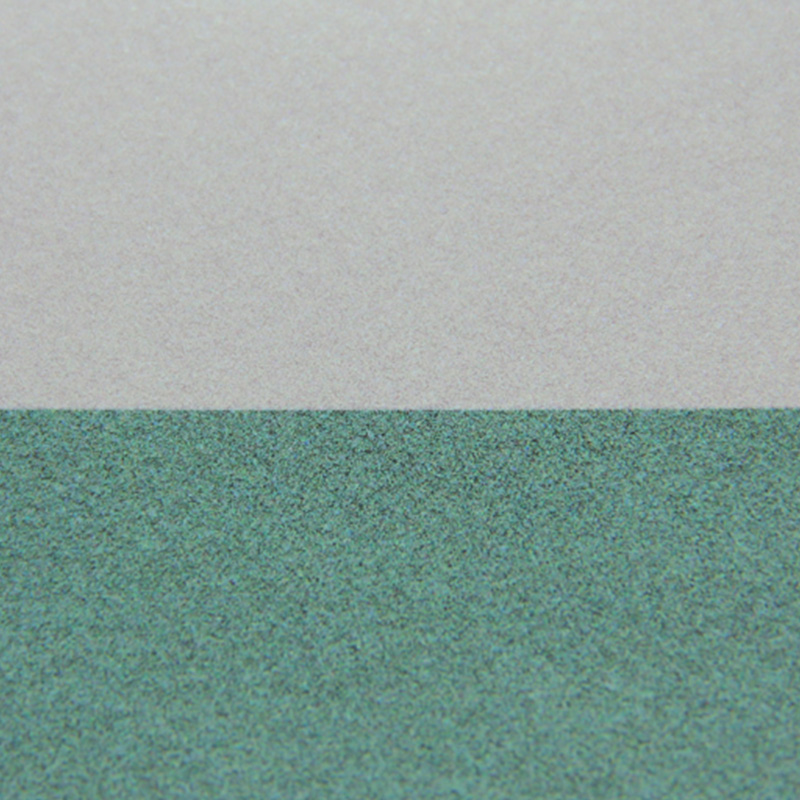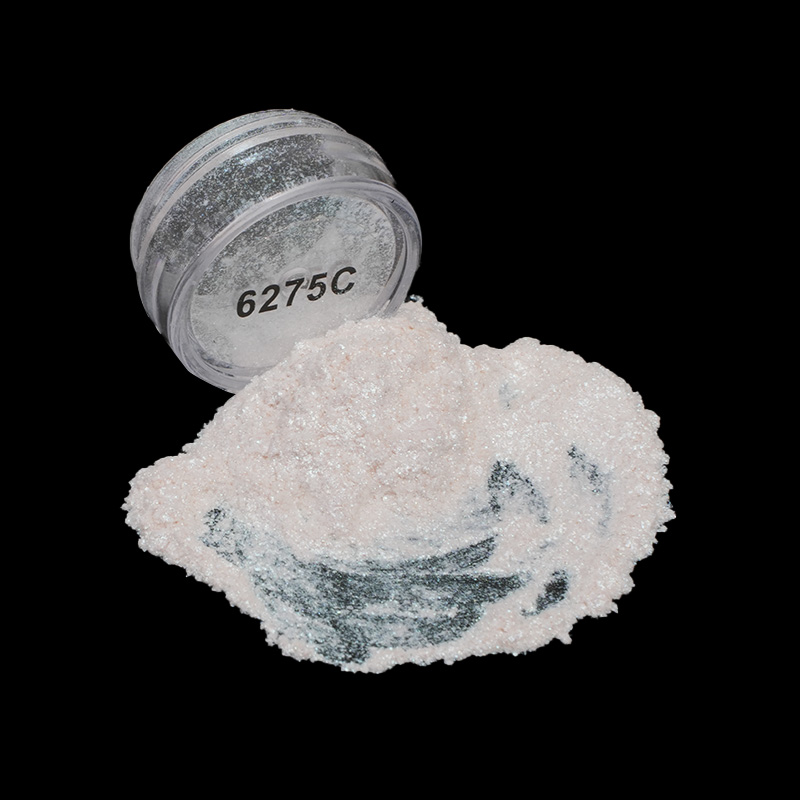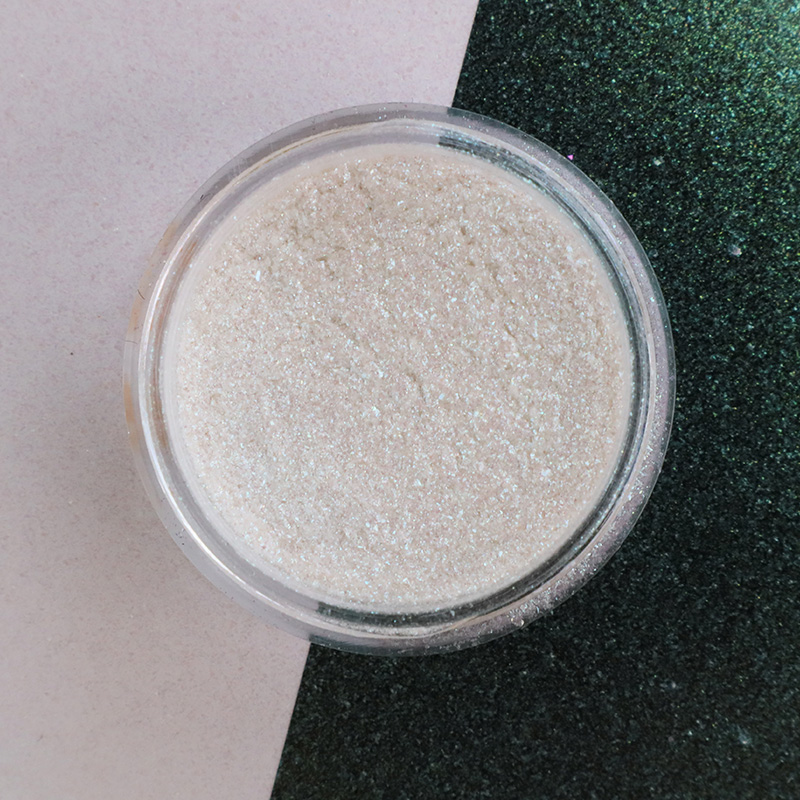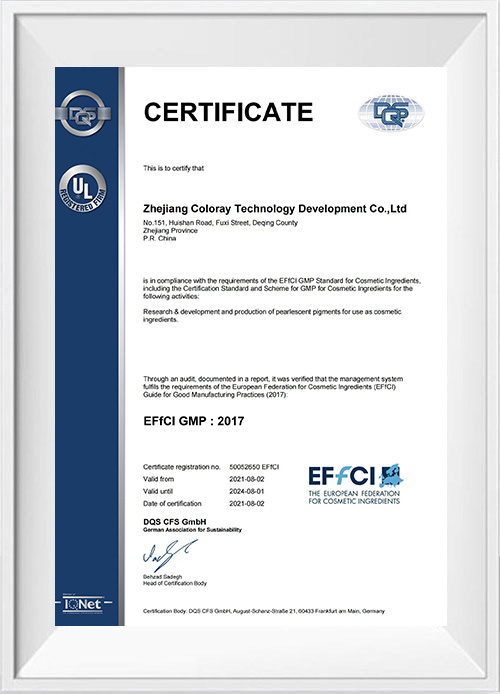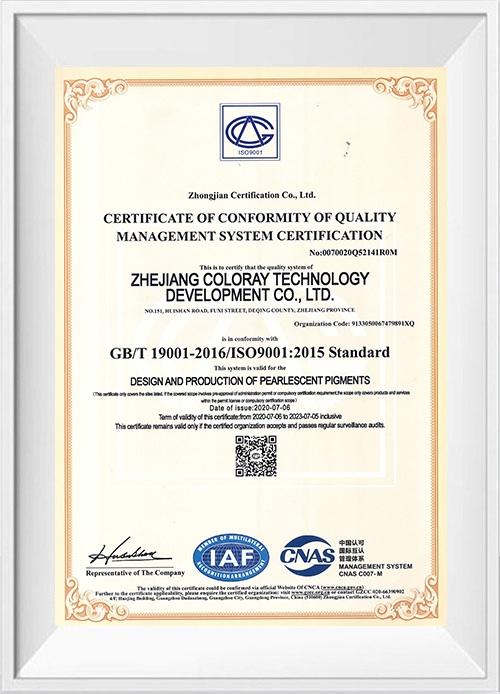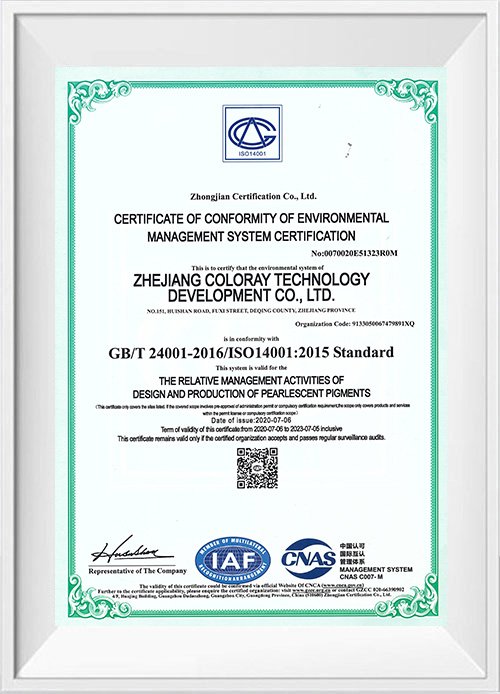How do crystal interference pearlescent pigments produce transparency and light transmission?
Crystal interference pearlescent pigments are a type of pigment with special optical effects. The generation of their transparency and light transmission effects involves a variety of complex optical principles and material properties.
Crystal interference pearlescent pigments are a type of multi-layered pigment, usually composed of a transparent substrate (such as mica) and one or more layers of high refractive index materials (such as titanium dioxide). This special structure gives the pigment a unique optical effect, including rainbow effect, metallic luster and transparency.
The transparency and light transmission effects of crystal interference pearlescent pigments mainly come from the refraction and transmission of light. When light passes through the pigment, part of the light is interfered and reflected by the multi-layer structure of the pigment, while the other part of the light is transmitted through the pigment and enters the substrate. These transmitted rays continue to propagate inside the substrate, making the surface of the substrate appear transparent.
The transparency and refractive index of the substrate play a key role in the transparency and light transmission effects of crystal interference pearlescent pigments. Choosing a substrate with higher transparency can enhance the transparency effect and make the area covered by the pigment clearer and more transparent. At the same time, the refractive index of the substrate will also affect the propagation and transmission of light in the substrate. Substrates with different refractive indices may present different transparency effects.
Lighting conditions and observation angles are one of the important factors affecting the transparency and light transmission effects of crystal interference pearlescent pigments. Changing the angle and direction of the light source can affect the propagation path of light in the pigment and substrate, thereby changing the performance of transparency and light transmission effects. Different observation angles will also cause the optical effects of the pigment and substrate to produce different visual effects, further enhancing the sense of transparency and light transmission effects.
The transparency and light transmission effects of crystal interference pearlescent pigments give it a wide range of applications in many fields, such as cosmetics, coatings, plastic products, artworks, etc. In the future, with the continuous exploration of new materials and new technologies, the transparency and light transmission effects of crystal interference pearlescent pigments are expected to be further improved, bringing more innovations and possibilities to all walks of life.
What aspects of crystal interference pearlescent pigments may be optimized in the future development?
As a material with unique optical effects, crystal interference pearlescent pigments may be optimized in the following aspects in the future development:
Multilayer structure adjustment: By optimizing the multilayer structure design of the pigment, more refined interference effects and color performance can be achieved, further enhancing the optical properties of the pigment.
Layer thickness control: Accurately control the thickness of each layer of the pigment to achieve the interference effect of light of a specific wavelength in the pigment, thereby producing richer colors and effects.
Application of new materials: Research and develop new high-refractive index materials to replace traditional materials such as titanium dioxide, thereby improving the optical properties and stability of the pigment.
Preparation technology improvement: Improve the preparation process and technology of the pigment, improve production efficiency and product quality, and reduce costs.
Customized product development: Customize and develop crystal interference pearlescent pigments with specific colors, effects and performance according to different application fields and customer needs, and provide personalized solutions.
Multifunctional pigment design: Research and develop crystal interference pearlescent pigments with multiple functions, such as wear resistance, corrosion resistance, etc., to meet the needs of different fields.
Application of environmentally friendly materials: Select environmentally friendly materials and preparation processes to reduce the impact on the environment and promote the sustainable development of crystal interference pearlescent pigments.
Resource utilization of waste: Research and develop resource utilization technology for waste crystal interference pearlescent pigments to reduce energy consumption and emissions in the production process.
Exploration of emerging application fields: Actively explore the application of crystal interference pearlescent pigments in emerging fields, such as biomedicine, optoelectronic devices, etc., to expand the market application scope of pigments.
Innovative application technology research and development: Combine new materials, new technologies and artificial intelligence and other technical means to develop new application technologies for crystal interference pearlescent pigments to achieve product innovation and upgrading.
